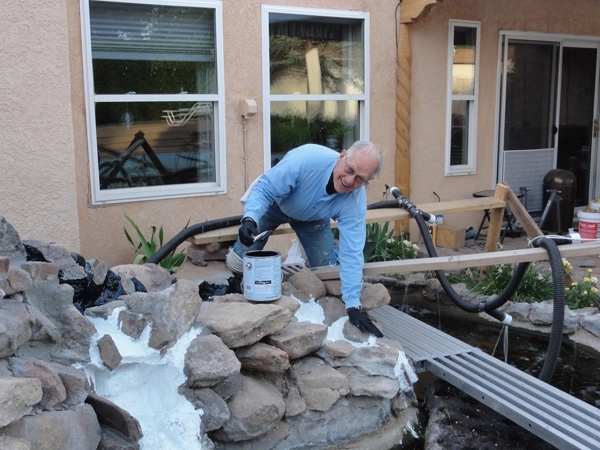Hey there! Welcome to our new blog post all about fixing leaks in your pond. If your pond has been giving you trouble with leaks, don’t worry – we’ve got some easy solutions for you. In this guide, we’ll help you understand how to fix leaks in your pond liner and keep your pond in great shape.
Finding the Problem – Why Ponds Leak
Pond Leak can be annoying, but the first thing to do is figure out why it’s happening. Leaks can be caused by things like wear and tear, small holes, or damage to the pond liner. Figuring out what’s going on is the key to fixing it.
Doing It Yourself – Patching Up Leaks
Now that you know where the leak is coming from, let’s get to work. Fix pond leak can be a do-it-yourself (DIY) project. Here’s a step-by-step guide to help you patch up those leaks and make your pond good as new:
Get Your Tools:
Before you start, make sure you have everything you need – a pond repair kit, waterproof sealant, and patching material.
Find the Leak:
Look closely at your pond to find exactly where the leak is. Check for any visible damage or wet spots around the pond liner.
Clean and Dry:
Make sure the area is clean and completely dry before you start. This helps the patch stick better.
Put on the Patch:
Use your pond repair kit to put the patch over the leak. Press it down firmly to make sure it stays in place.
Seal with Waterproof Glue:
For extra protection, use waterproof sealant over the patched area. This makes the fix even stronger.
Stopping Leaks Before They Start – Keeping Your Pond Safe
Now that you’ve fixed the leak, it’s important to keep it from happening again. Here are some simple tips to take care of your pond:
Check Often:
Look at your pond regularly to catch problems early. Check for any signs of damage to the pond liner.
Be Careful:
Watch out for things that could damage your pond, like sharp tools. Trim any branches hanging over the pond to avoid holes.
Find Leaks Early:
Consider getting a leak detector for your pond liner. If you find a leak early, you can fix it quickly.
Conclusion:
By following these easy steps, you can say goodbye to pond leaks and enjoy your pond without any worries. A well-kept pond not only makes your backyard look great but also gives you a peaceful place to relax. Happy pond fixing!

